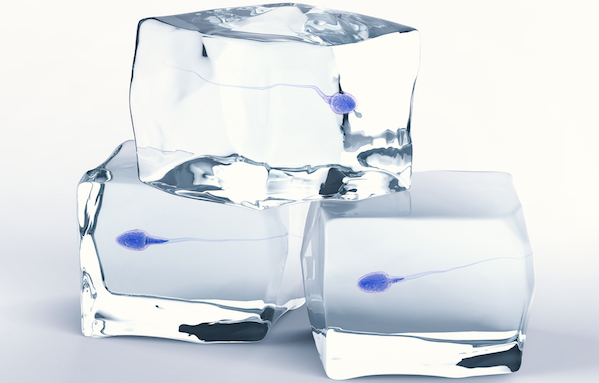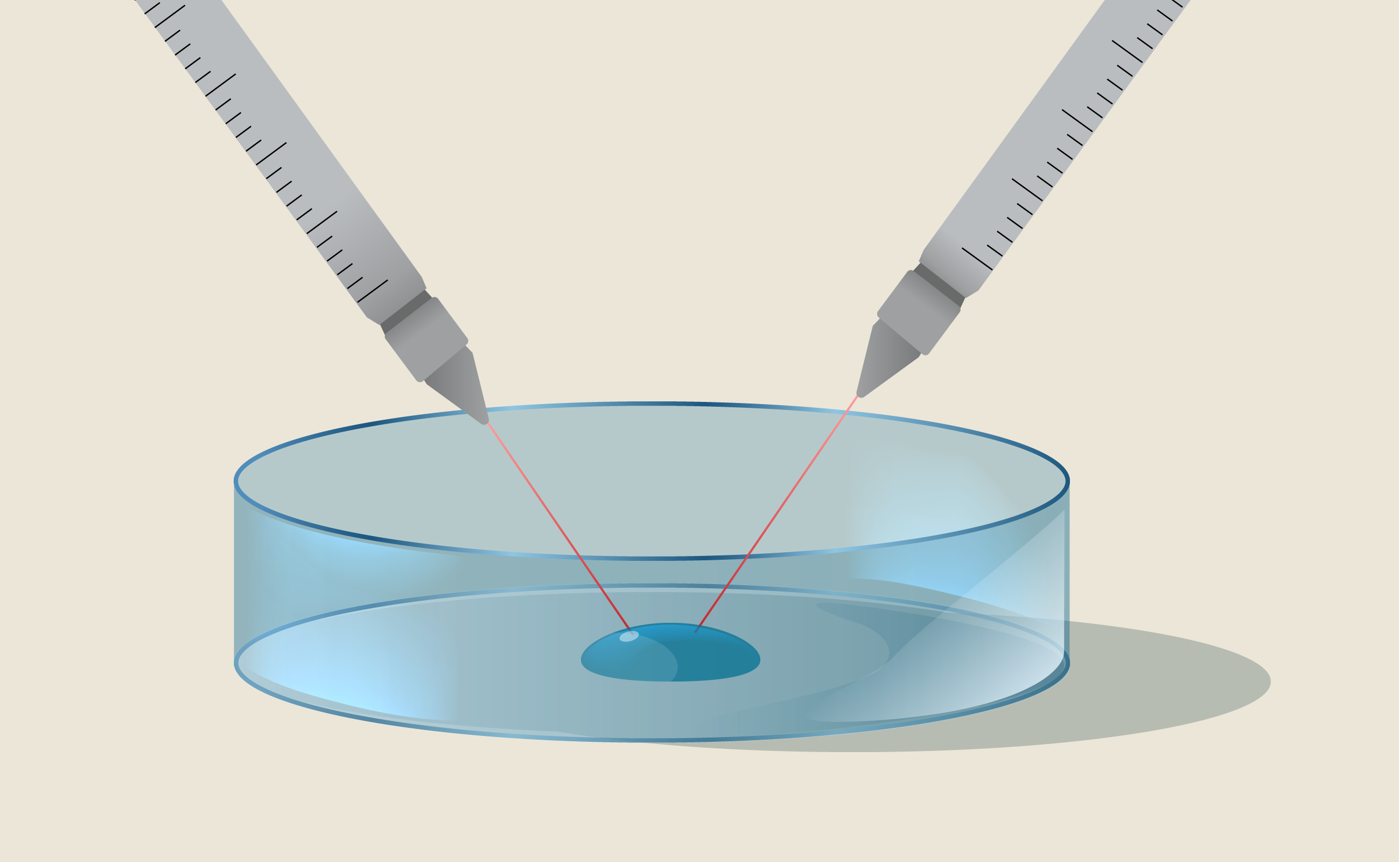What is sperm banking?
Sperm banking, semen banking or cryopreservation? They all mean the same thing. Cryopreservation is the process of freezing tissue for use at a later point. In the case of sperm cryopreservation, a man’s semen is frozen for future use. A sperm cryobank is a facility which collects, stores and freezes the sperm. There are no physical risks or side effects to banking sperm. Costs for sperm banking vary depending on your geographic location, your cause for banking (medical vs. personal), the clinic you choose and how long you store your sperm for. For a list of fertility clinics in Canada, click here.
Reasons to bank sperm
Reasons why men consider banking their sperm include: occupational risks to their fertility, delayed childbearing, medical reasons (e.g., cancer treatment), or personal reasons such as not having a partner or waiting until a milestone such as education or a geographic move is complete. If you are interested in banking your sperm, speak to your family doctor.
Providing a sperm sample
If you decide to bank your sperm, you will have to provide a sperm sample. It is best to abstain from ejaculating for 3-4 days before going to the clinic to provide a sample. It is standard procedure to get a blood test to screen for sexually transmitted infections (STIs). Even if you have an STI, you will be able to bank your sperm. Masturbation is the usual way to provide a sperm sample. It will require you to stimulate your penis until you ejaculate into a cup.
What happens after you bank your sperm?
After you have given a sample, the clinic will test the number of sperm (sperm count), how fast or slow the sperm is moving (sperm motility) and the shape of the sperm (sperm morphology). These results will help you and your team make a decision about how many more times you may need to bank. For example, if the sperm count or motility is low, your team might decide that you should bank again to increase the chances that you will have enough healthy sperm when you need it.
After the sperm is tested, it will then be frozen in liquid nitrogen. Liquid nitrogen keeps your sperm at a cool -196 degrees C. A small amount of cryoprotectant is added to the sample to help protect the sperm from injury during the freezing and eventual thawing process. Sperm banking does not guarantee that you will be able to achieve a pregnancy.










